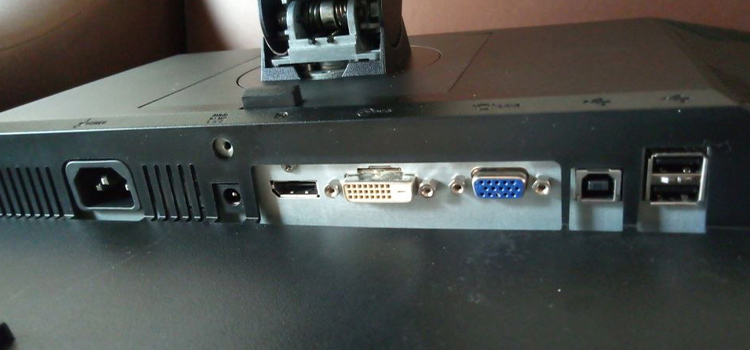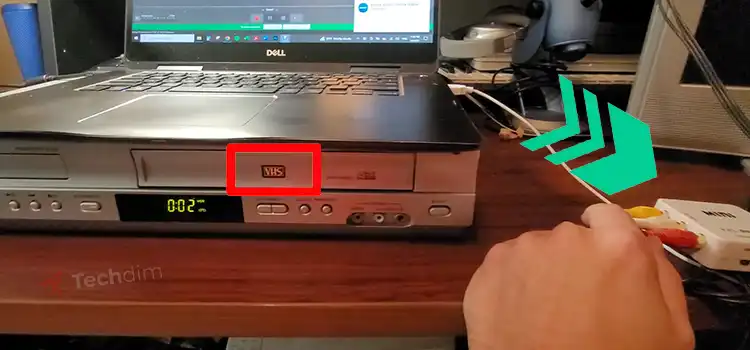Can You Put a PCIe X1 in an X16 Slot? [Answered]
If you didn’t know, PCI express standard is both backward-compatible and cross-compatible. what that means is that you can not only use a PCIe 4.0 adapter in a PCIe 3.0 slot, but you can also use a PCIe X1 adapter in an X4 or X16 slot. The reverse is also true. Meaning, you can use a PCIe X16 adapter in a PCIe X1 slot too, using a proprietary adapter of course.
So, we’ve established that it’s possible. You can put a PCIe X1 in an X16 slot. But is it worth doing so? Let’s get into it.

Here’s Why You Can Put a PCIe X1 in an X16 Slot
Here’s an overview of existing PCIe form factors. They generally come in four sizes, X1, X4, X8, and X16. Each one is bigger than the previous one. here the number corresponds to lane numbers, meaning an X16 slot will have 16 physical lanes.

Another thing to keep in mind is that not all slots will have the actual lane count as the size suggests. For example, the second X16 PCIe slot in your motherboard will generally have only 8 physical lanes. So, not only you can fit a smaller adapter in a larger slot, it is designed that way too.
What enables you to do so? It’s the cross-compatibility feature that PCIe boasts. What it means is that a PCIe X1 card can fit perfectly into any larger PCIe slot like the X4, X8, or X16.
Should You Put a PCIe X1 in an X16 Slot?
So, we’ve established that it’s possible to put any smaller PCIe adapter in a larger slot. But the real question is should you do it? and are there any drawbacks?
You might be thinking that by putting an X1 device in an X16 port, you can somehow damage your precious PCIe slot. Fear not, it’s perfectly safe. There’s absolutely no danger of harming your slot physically.
Will it fall off? Again, no. All standard PCIe cards have a retainer screw that firmly affixes your card to the casing or the chassis.
What about the performance? Don’t worry, your performance won’t suffer either. That doesn’t mean there aren’t any drawbacks though. Here are a few.
1. Your Performance Won’t Improve
As a general rule of thumb, your PCIe interface will only run at the fastest speed attainable by the slowest component. So if your PCIe card or adapter can achieve speed up to 100 Megabytes per second per lane (X1) its performance won’t magically increase when you connect it to a 16 lanes slot (X16).
2. You Could be Using that Slot for a More Demanding Card
It’s a huge waste of resources, to be frank. The longest PCIe slot on the motherboard is also designed to be the fastest one too. They are meant for the most demanding adapters like graphics adapters. But by putting a one-lane (X1) PCIe adapter in it, you are letting 15 lanes stay unused, which isn’t ideal.
3. PCIe Dlots Don’t Come Too Many
Most motherboards come with one or two PCIe slots. So, by using a PCIe X1 in an X1a6 slot, you are further handicapping your build. Our recommendation is to get a PCIe splitter which adds more PCIe slots to your computer. That way, you can easily install multiple smaller PCIe cards in an X16 slot, and you won’t be wasting any resources as well. Rather capitalizing on it.
Frequently Asked Questions and Answers
Can I use PCIe X1 in a PCI slot?
No, legacy PCI (the non-express version of PCI, found in older motherboards) doesn’t support any PCIe cards.
Can I use PCIe X1 for GPU?
Yes. You can do so by using an X16 or X8 to X1 adapter. However, you have to keep in mind that your GPU’s speed will be bottlenecked by what one lane (X1) offers.
Which is faster, PCIe X1 or PCIe X16?
PCIe speed always corresponds to the number of lanes. So an X16 is 16 times faster than a PCIe X1.
Conclusion
As we’ve mentioned earlier, PCIe is a highly cross-compatible technology. It lets you use not only an X1 card to an X16 slot, but you can also use PCIe 4.0 card in a PCIe 2.0 slot as well. While using a smaller adapter in a bigger slot is not recommended, depending on your situation, you can absolutely do it.
Subscribe to our newsletter
& plug into
the world of technology





